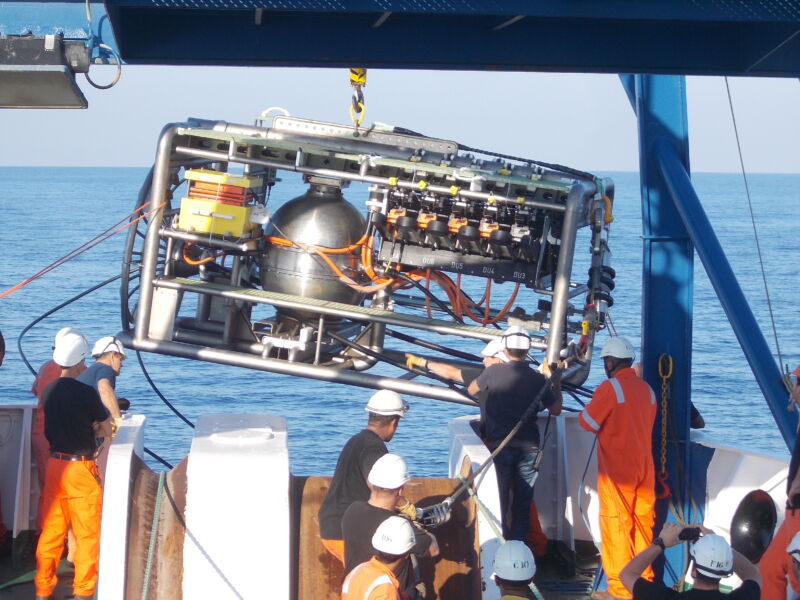-
 chevron_right
chevron_right
Taylor Swift fans dancing and jumping created last year’s “Swift quakes”
news.movim.eu / ArsTechnica · Tuesday, 26 March - 22:36 · 1 minute

Enlarge / Taylor Swift during her Eras Tour. Crowd motions likely caused mini "Swift quakes" recorded by seismic monitoring stations. (credit: Ronald Woan/CC BY-SA 2.0 )
When mega pop star Taylor Swift gave a series of concerts last August at the SoFi Stadium in Los Angeles, regional seismic network stations recorded unique harmonic vibrations known as "concert tremor." A similar "Swift quake" had occurred the month before in Seattle, prompting scientists from the California Institute of Technology and UCLA to take a closer look at seismic data collected during Swift's LA concert.
The researchers concluded that the vibrations were largely generated by crowd motion as "Swifties" jumped and danced enthusiastically to the music and described their findings in a new paper published in the journal Seismological Research Letters. The authors contend that gaining a better understanding of atypical seismic signals like those generated by the Swift concert could improve the analysis of seismic signals in the future, as well as bolster emerging applications like using signals from train noise for seismic interferometry .
Concert tremor consists of low-frequency signals of extended duration with harmonic frequency peaks between 1 and 10 Hz, similar to the signals generated by volcanoes or trains. There has been considerable debate about the source of these low-frequency concert tremor signals: Are they produced by the synchronized movement of the crowd, or by the sound systems or instruments coupled to the stage? Several prior studies of stadium concerts have argued for the former hypothesis, while a 2015 study found that a chanting crowd at a football game produced similar harmonic seismic tremors. However, a 2008 study concluded that such signals generated during an outdoor electronic dance music festival came from the sound system vibrating to the musical beat.

